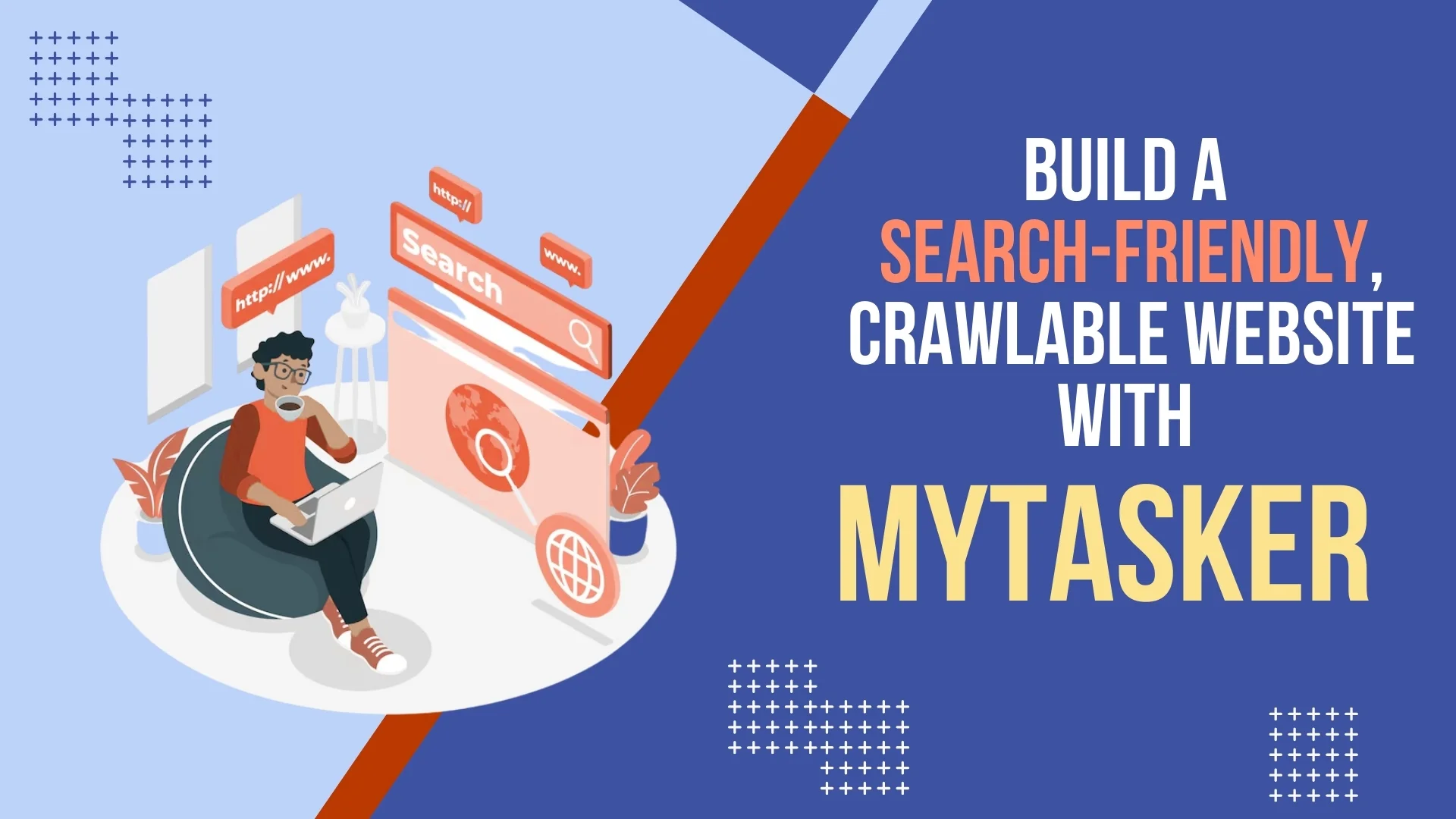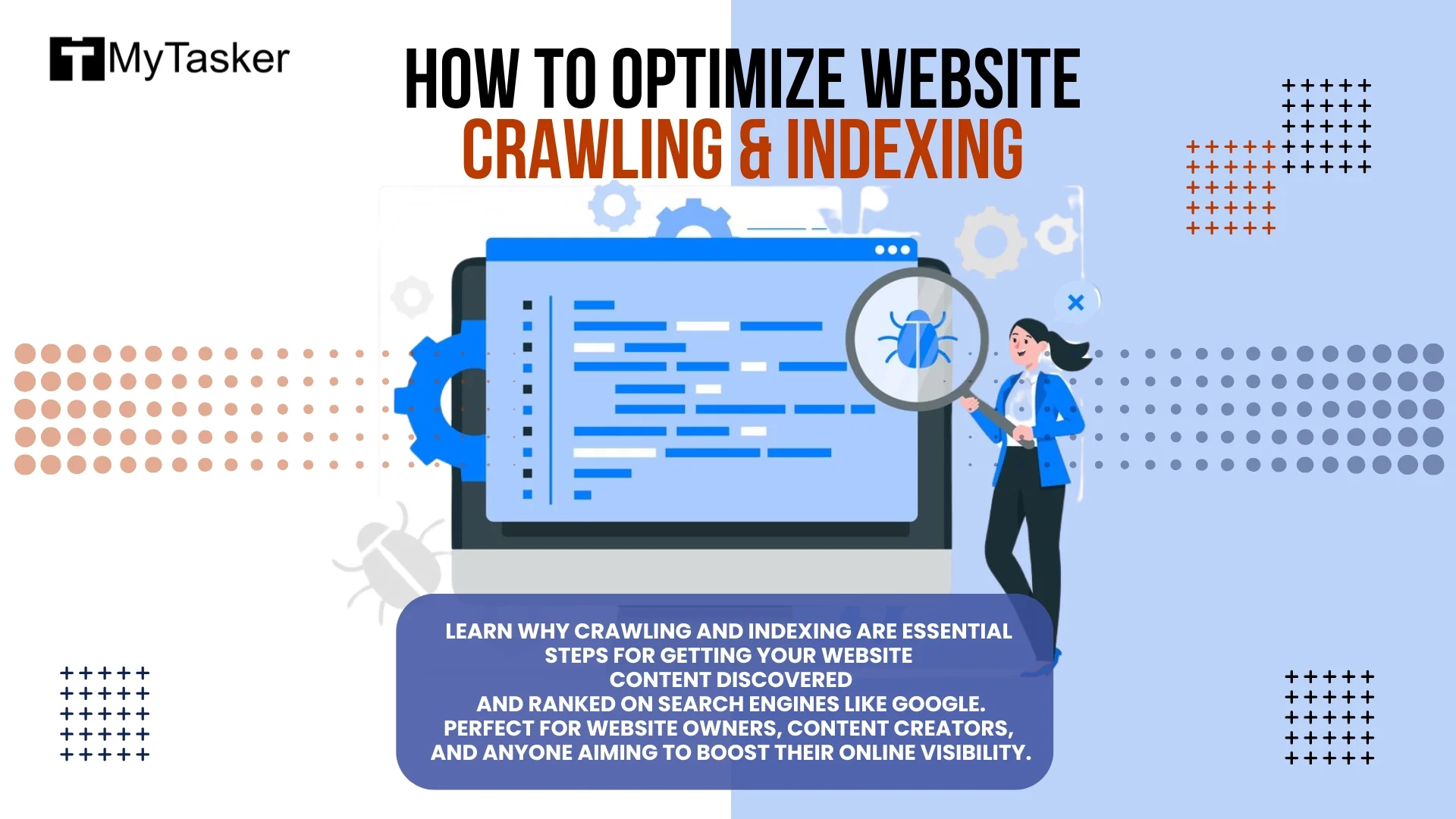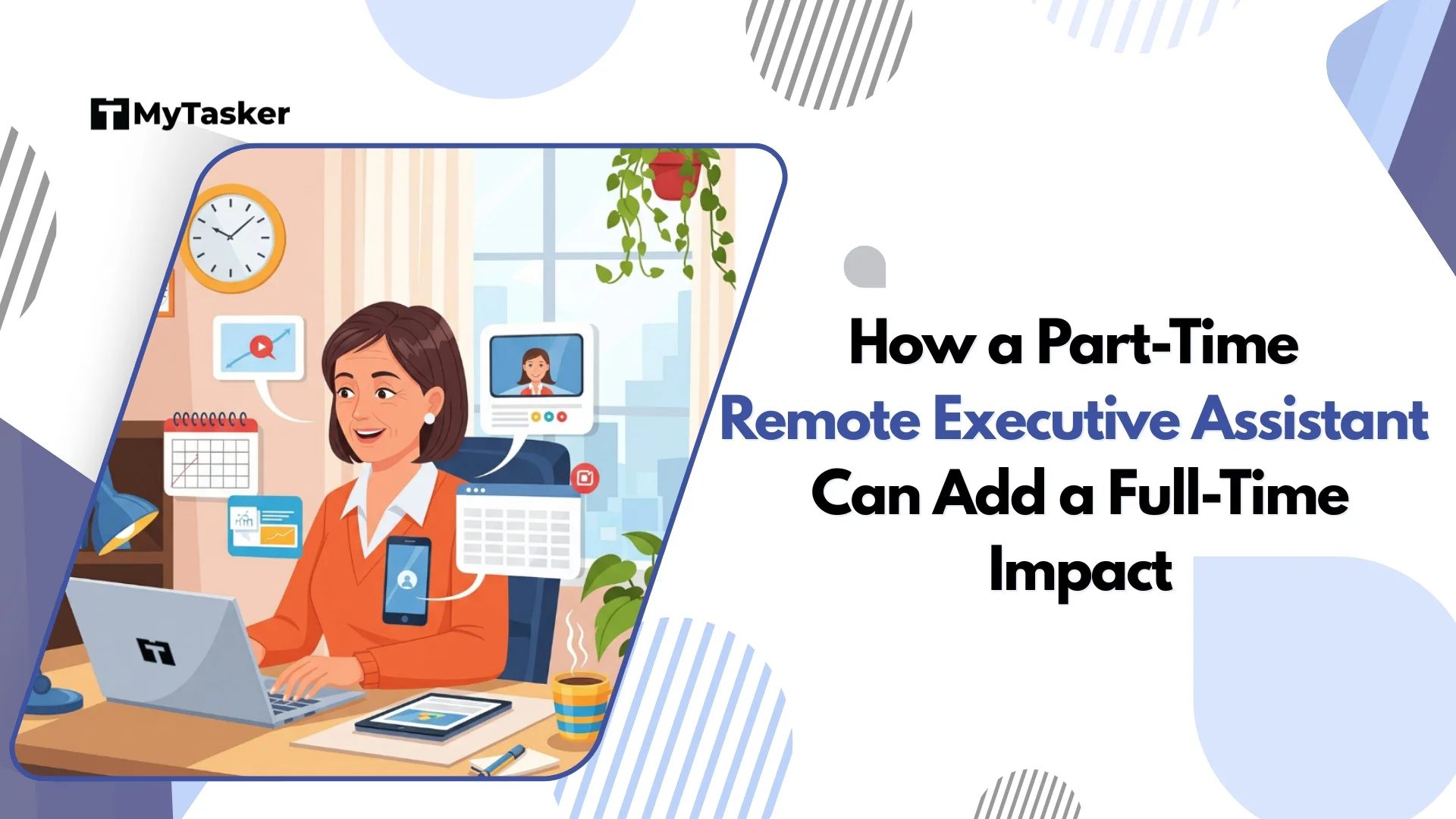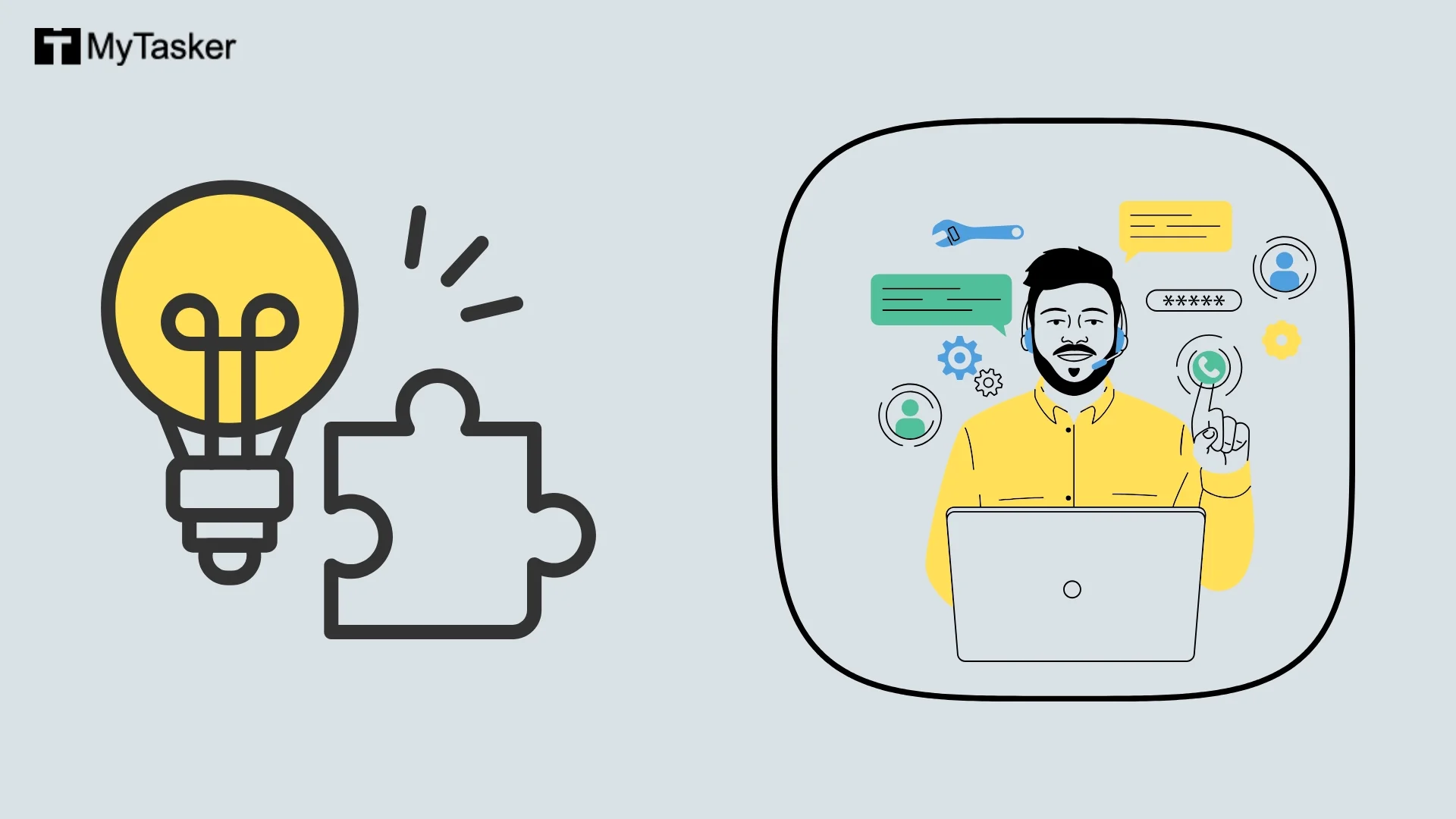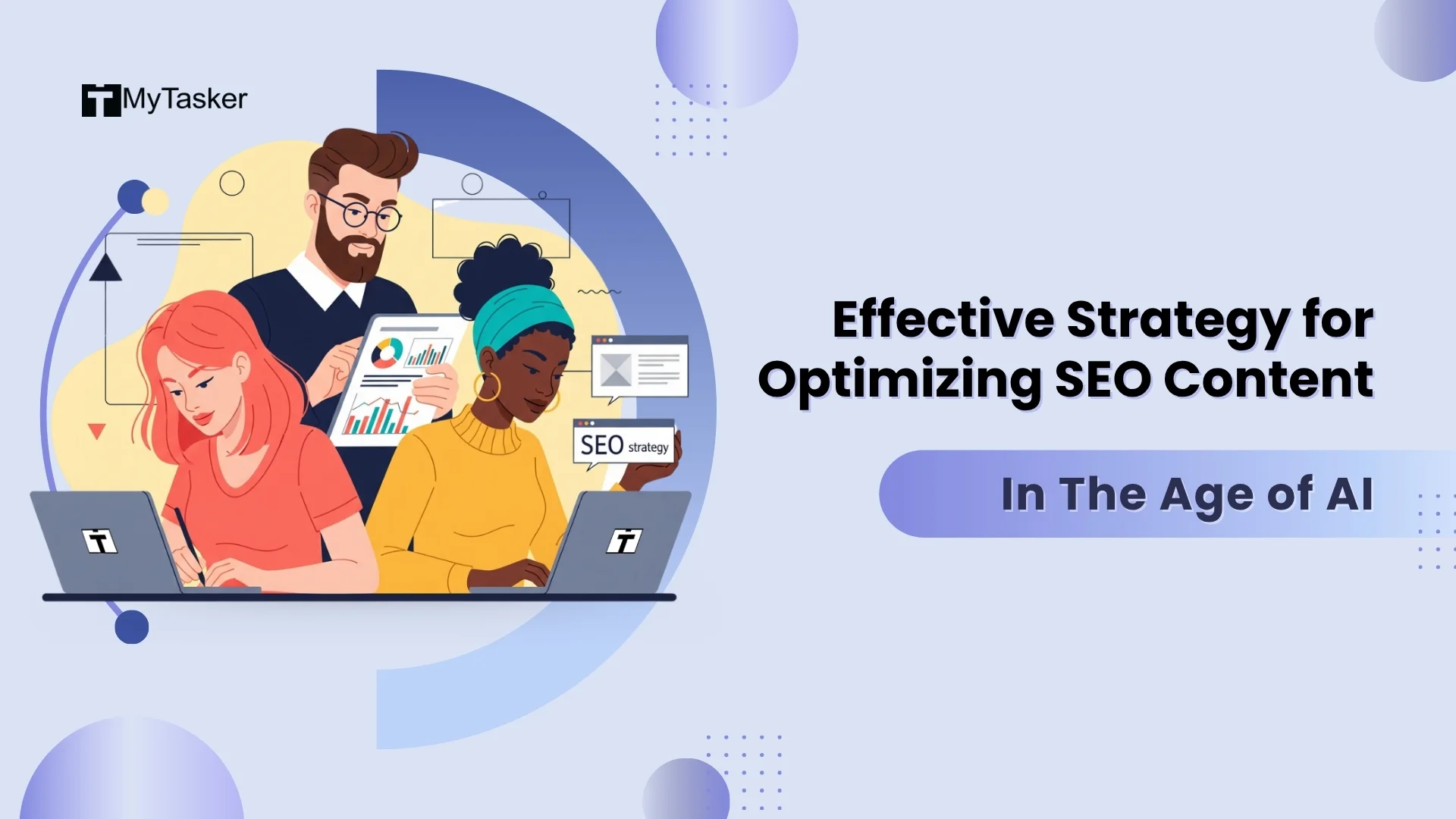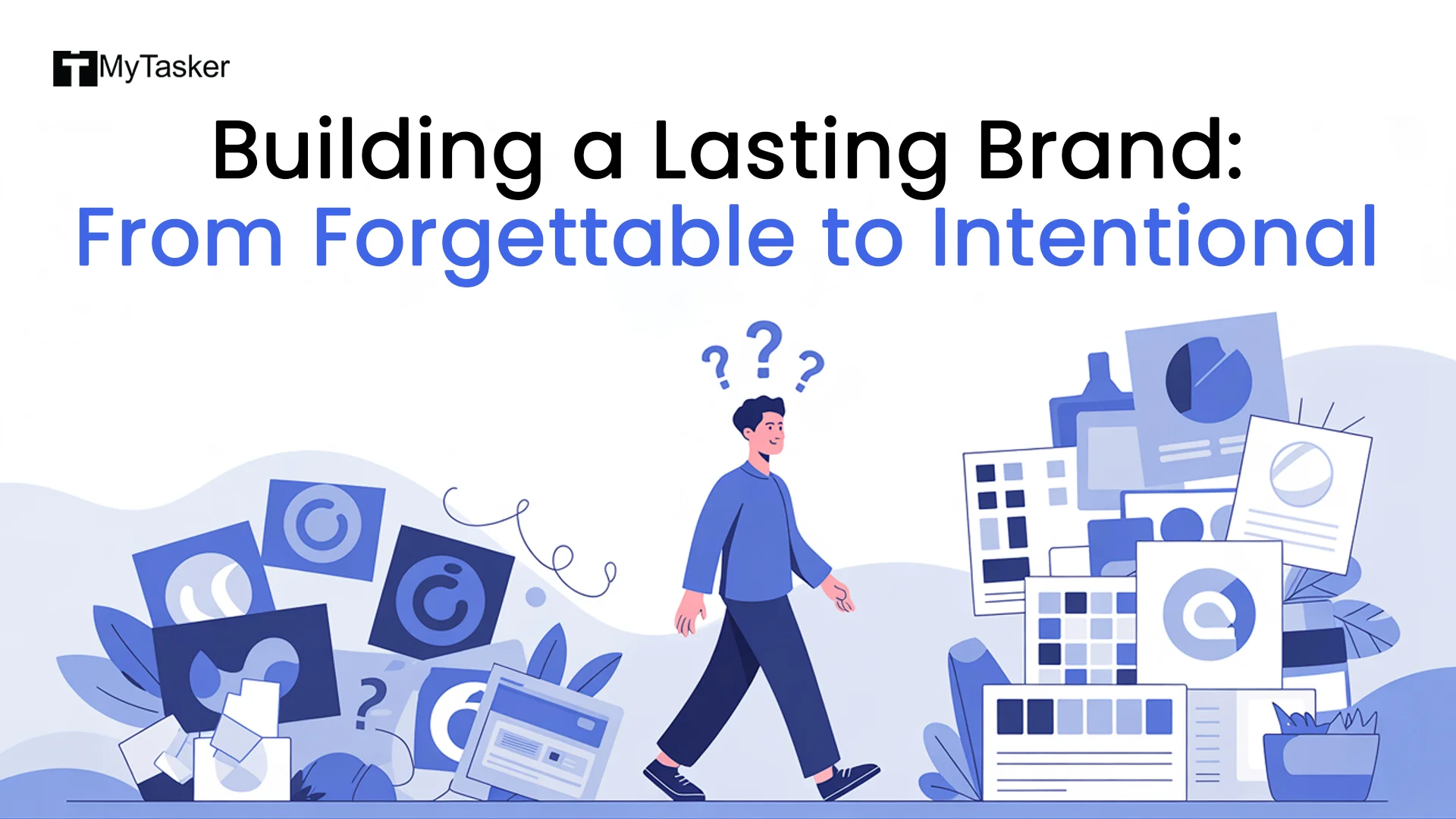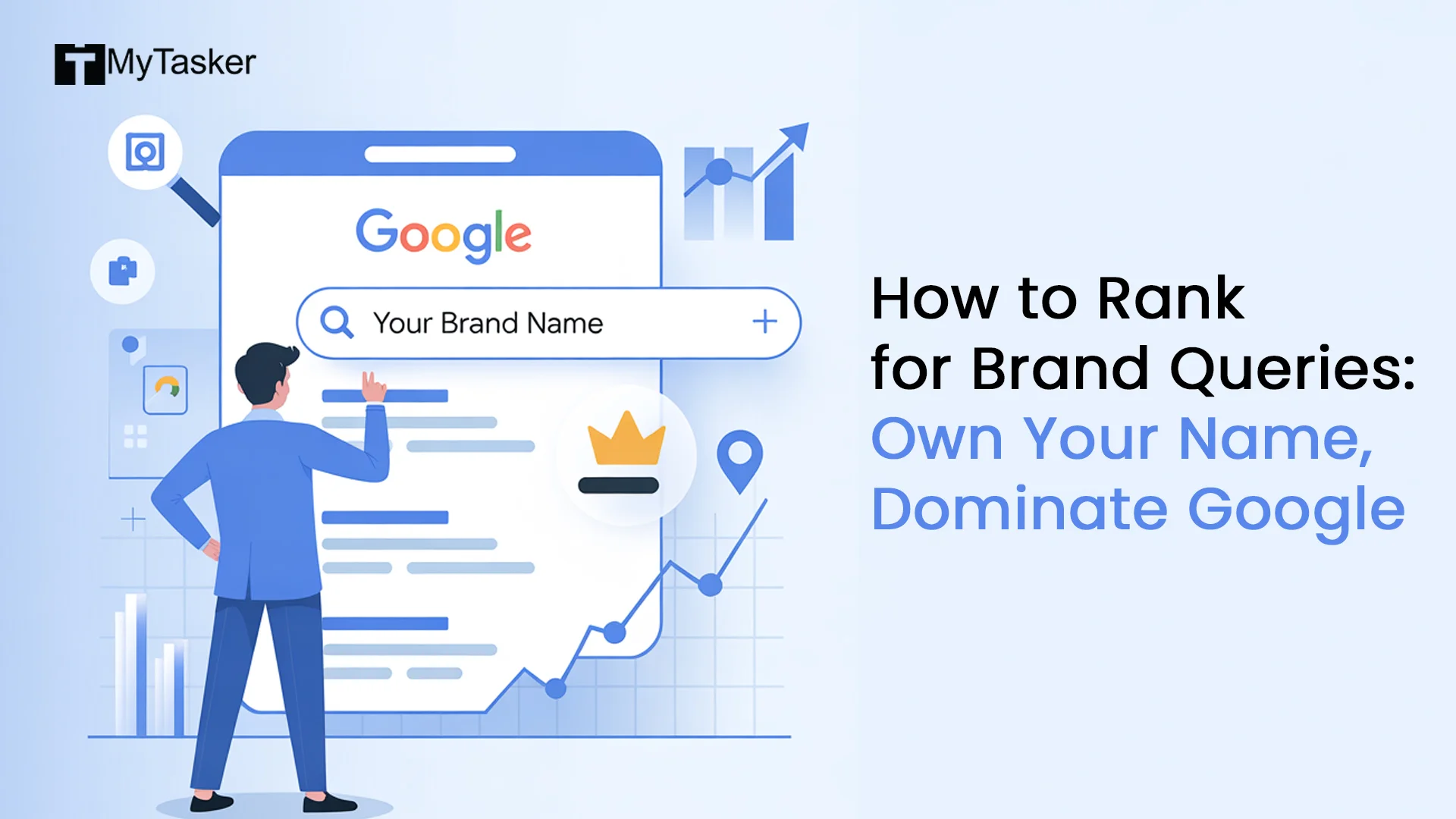Search engines like Google live and breathe two things: crawling and indexing.
This blog post isn’t just for technical SEO folks—it’s for anyone who owns a website, creates web content, or wants their pages to rank and show up in search results. To reach the finish line, you have to qualify first. Crawling and indexing are the qualification rounds for your web pages in the race to rank.
Why Crawling and Indexing Matter for SEO Success
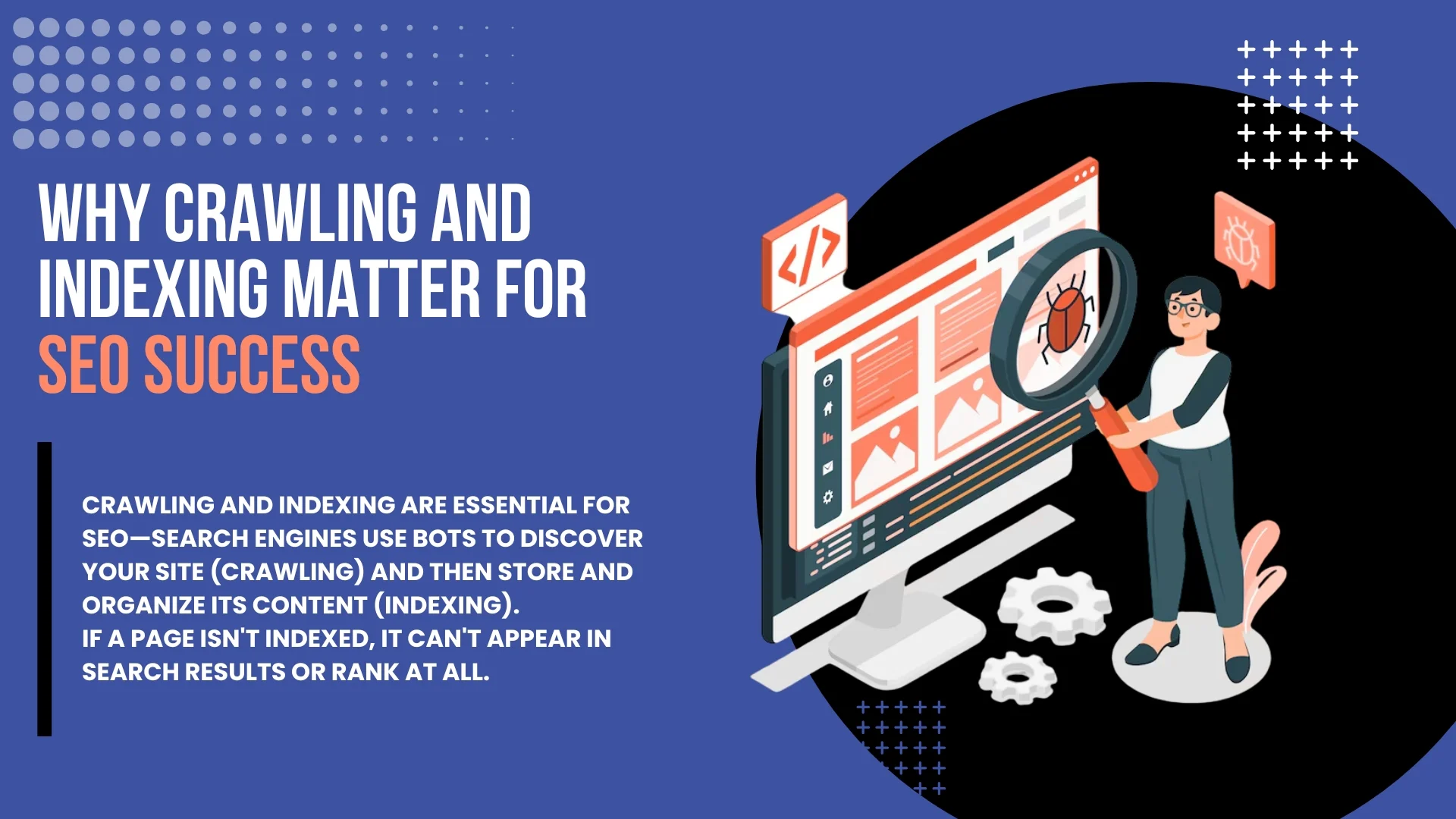
If your site isn't being crawled efficiently—or worse, not indexed at all—you're leaving rankings, traffic, and revenue on the table. That's a lot of money left on the table.
As a technical SEO strategist who's seen this scenario play out time and time again, I'm here to show you exactly how to fix that. This guide is packed with actionable strategies to make your website irresistible to search engines and impossible to ignore in the search engine results pages (SERPs).
Crawling and indexing are the foundations of SEO. Before your site can rank, it needs to be found and understood. Search engines use bots (like Googlebot) to crawl your site, follow links and collect content. Then they index that content by analyzing, organizing and storing your pages in a searchable database. If a page isn't indexed, it can't rank. Period.
In lay term: First, Google sends out bots (like digital spiders) to look at your site and follow your links—this is called crawling.
Then, it takes the pages it finds and indexes them, which means saving and sorting them in a big online library.
If your page doesn’t get into that library, it can’t show up in search results. No index = no rankings. Simple as that.
Common Crawling and Indexing Issues You Need to Fix
Common crawling and indexing issues include poor site architecture that wastes crawl budget, JavaScript rendering delays, duplicate content that confuses bots and mobile-first issues that affect visibility. Let's fix those.
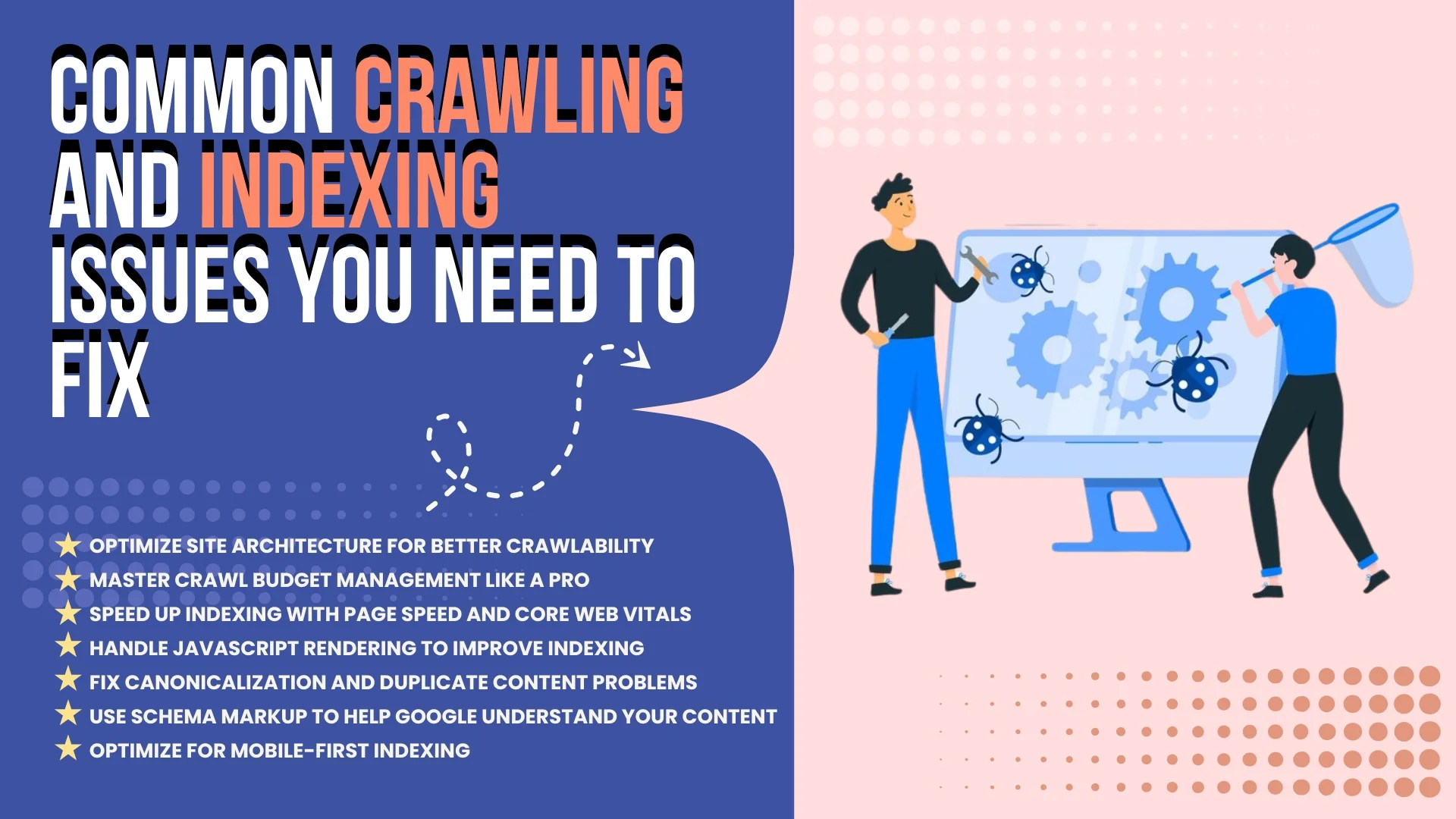
Optimize Site Architecture for Better Crawlability
Optimizing your site architecture for seamless crawling is key. A logical hierarchy and navigation will keep your key content within two to three clicks from your homepage. That means avoiding deep links and using clear, keyword-rich anchor text. You should also interlink cornerstone content across relevant pages and use short, descriptive URLs.
Master Crawl Budget Management Like a Pro
But how do you manage a crawl budget like a pro? You start by blocking low-value pages in your robots.txt file. Then you submit and update your XML sitemap via Google Search Console. Tools like Yoast or Rank Math can help you auto-generate sitemaps that update dynamically.
Speed Up Indexing with Page Speed and Core Web Vitals
Faster indexing is also about page speed and core web vitals. Google rewards fast, smooth experiences. That means compressing images, lazy-loading images and videos, minifying and deferring JavaScript and CSS.
Your Core Web Vitals goals should be to have a Largest Contentful Paint (LCP) of less than 2.5 seconds, a First Input Delay (FID) of less than 100 milliseconds and a Cumulative Layout Shift (CLS) of less than 0.1.
Handle JavaScript Rendering to Improve Indexing
JavaScript can block or delay indexing. So pre-render essential content, don't hide content behind interactions and use Google Search Console's URL Inspection Tool to check rendered HTML.
Fix Canonicalization and Duplicate Content Problems
Canonicalization and duplicates are also critical. Set the canonical URL using a link rel="canonical" tag. Redirect outdated pages with 301s and avoid thin or duplicate content altogether.
Use Schema Markup to Help Google Understand Your Content
Schema markup can help Google understand your content. Use structured data to test using Google's Rich Results Tool.
Optimize for Mobile-First Indexing
Mobile-first indexing is also crucial. Use responsive design, ensure that your desktop and mobile content and functionality are the same and validate mobile usability in Google Search Console.
Advanced SEO Tactics to Improve Crawling and Indexing
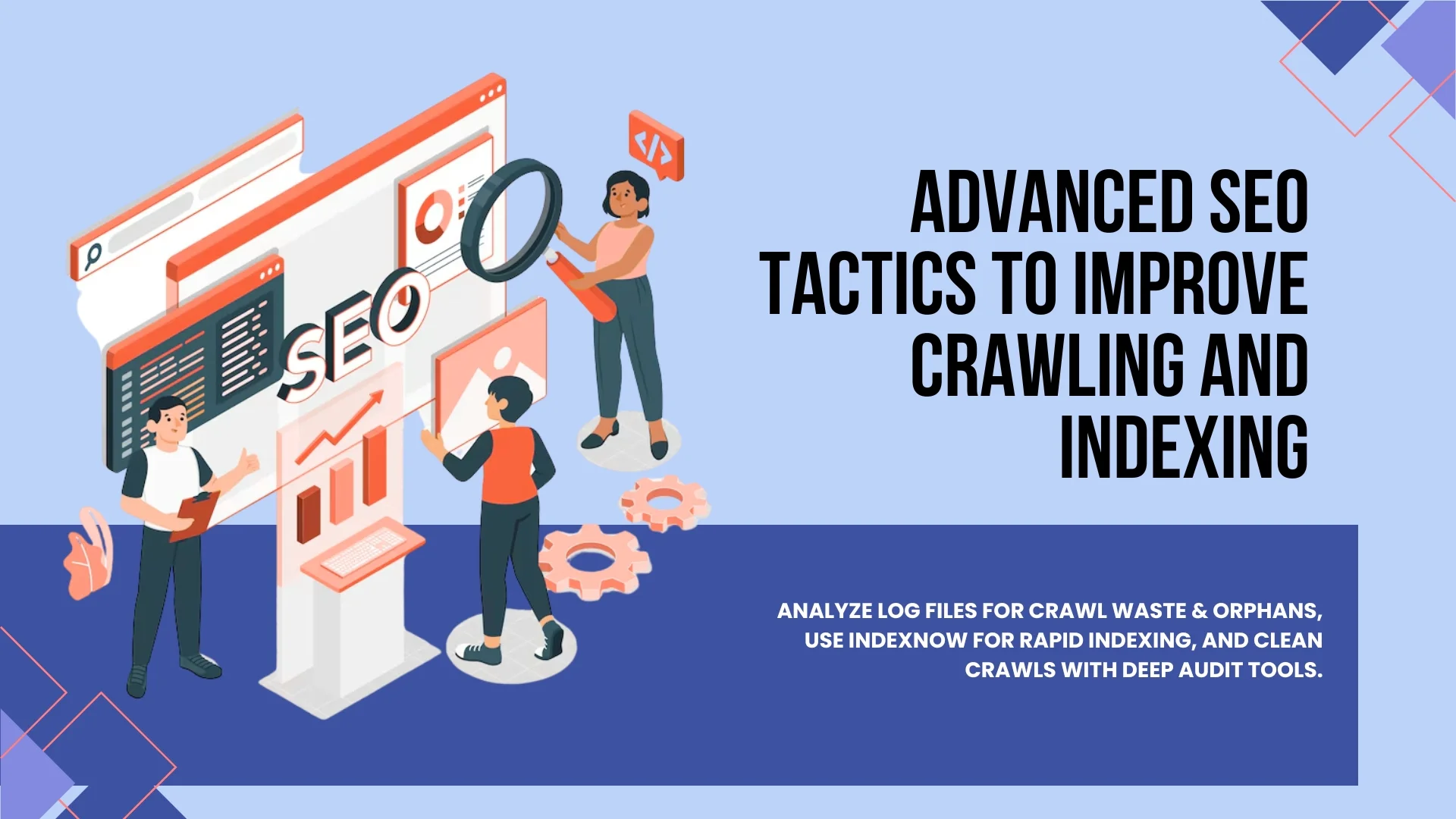
Advanced tactics for SEO pros include log file analysis to find out exactly what Googlebot is crawling (and what it's ignoring). You can use tools like Screaming Frog, Loggly or Splunk to identify crawl waste and fix orphan pages.
IndexNow protocol can instantly notify Bing and Yandex of new or updated content. Crawl cleanup involves blocking internal search pages, filters and session IDs. Tools like Sitebulb or JetOctopus can help you with deep audits.
Monitor and Troubleshoot with the Right SEO Tools
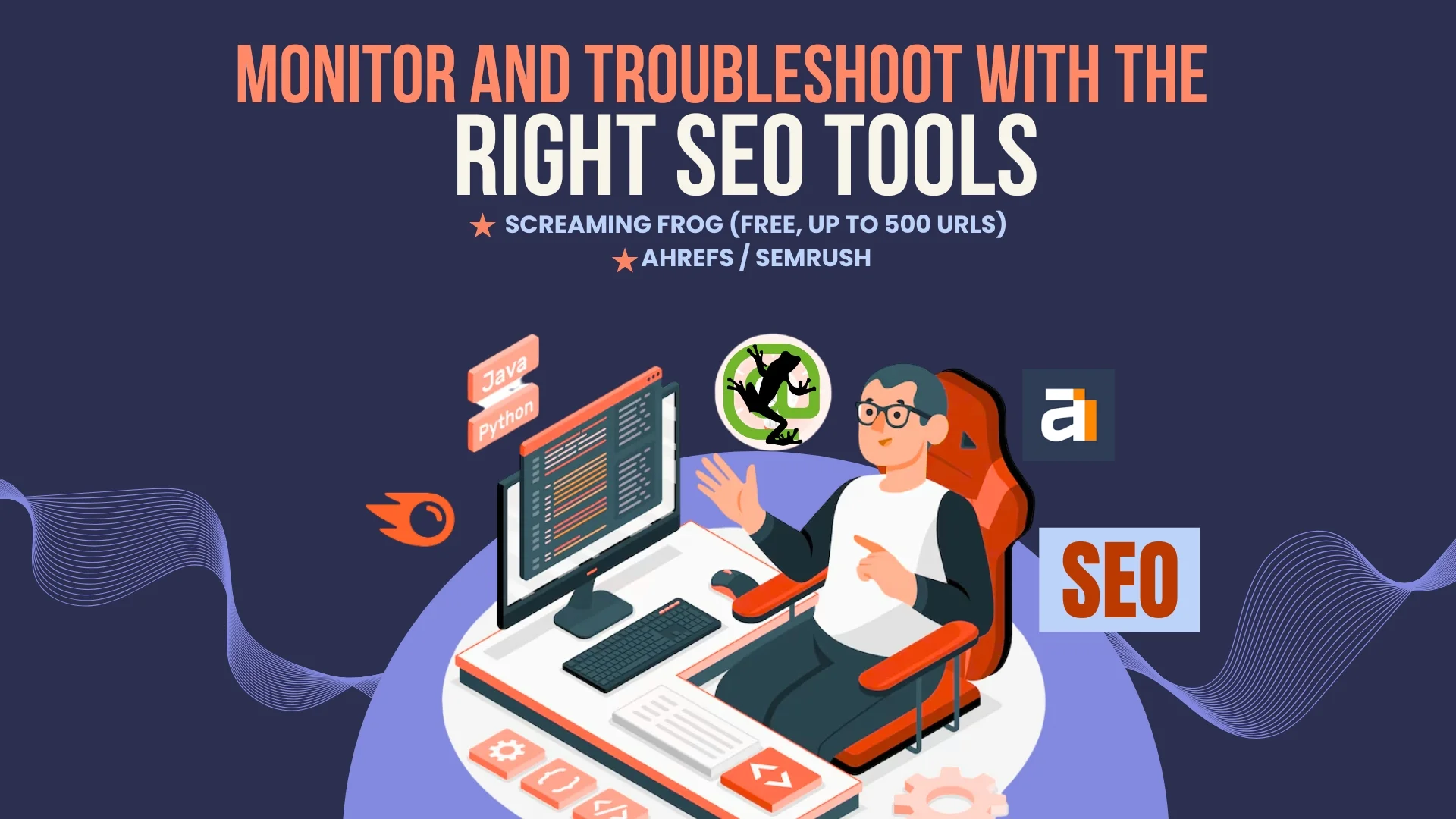
Google Search Console (GSC) is your best friend when it comes to monitoring and troubleshooting crawling and indexing issues. Use its Index Coverage report to find "Excluded" or "Submitted but not indexed" pages and its Crawl Stats to monitor crawl frequency, errors and server response.
Technical SEO isn't just about staying ahead of algorithms—it's about building a site that search engines love and users trust. That means you need to understand how your site is crawled and indexed. Here's a quick rundown of what you need to know.
Screaming Frog (Free, up to 500 URLs)
Spot crawl errors, duplicate metadata and missing tags. That's where Screaming Frog comes in.
Ahrefs/SEMrush
These tools audit your technical SEO. They track indexability and site health over time. That's where you can spot potential problems before they become major issues.
Most Frequently Asked Crawling and Indexing Questions (FAQs)
We get asked the same questions over and over. Here are the answers.
Q: My page is crawled but not indexed. Why?
A low content quality, thin content, wasted crawl budget or that 'noindex' meta tag.
Q: How do I speed up JS-heavy pages?
Dynamic rendering or a framework like Next.js for hybrid rendering can really help.
Q: Is HTTPS important for crawling?
Yes. Google gives preference to secure pages.
Q: Do I need to resubmit my sitemap every time?
No. Dynamic sitemaps will automatically update if you have them set up right.
Q: Can I prioritize new content for crawling?
Yes. Link to new pages from your homepage or high-authority pages.
Future Trends in Crawling and Indexing You Can’t Ignore
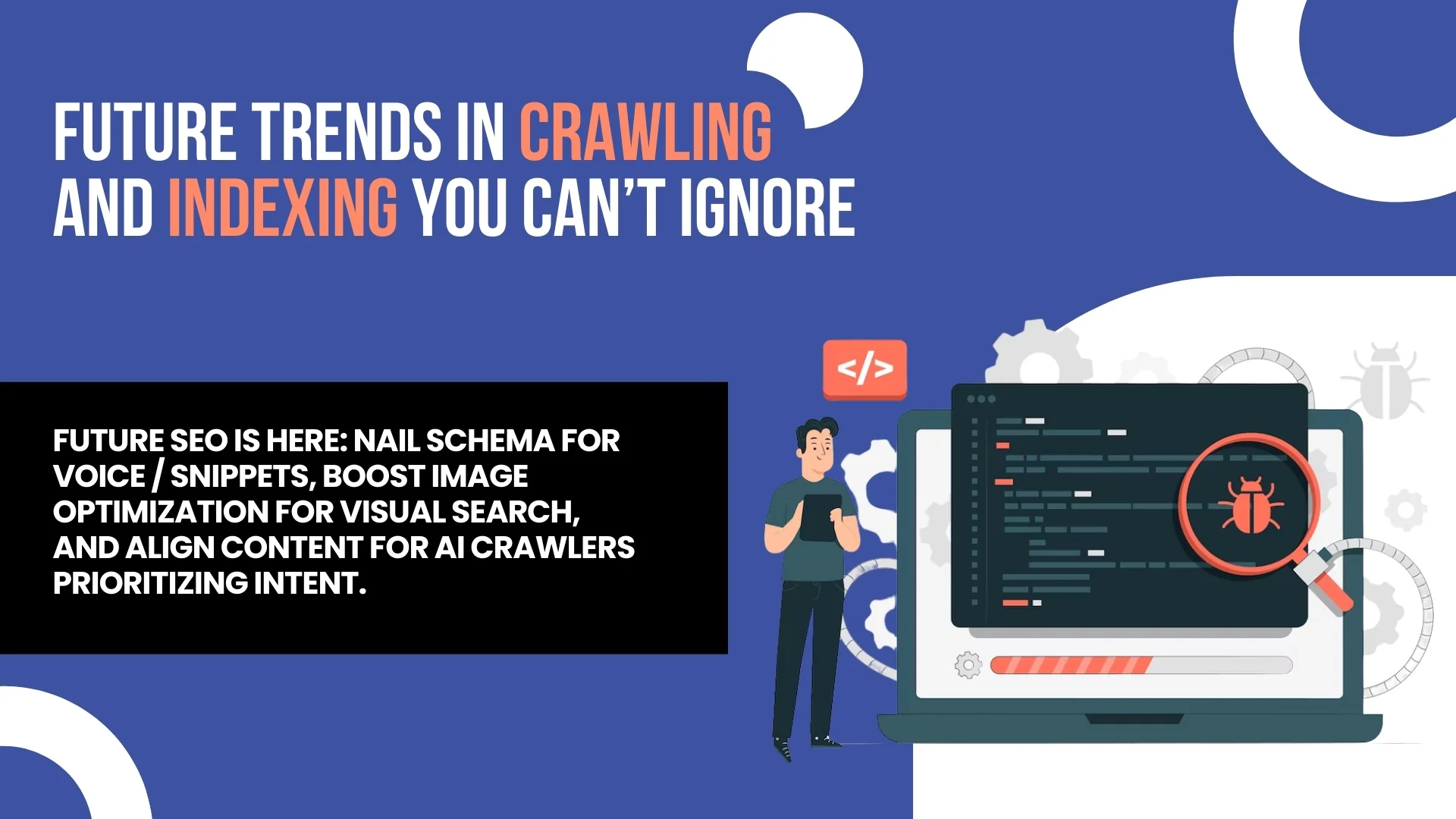
What's Next in Search?
The future is exciting. Here are some of the trends you need to watch.
-
AI crawlers will get better at prioritizing intent and engagement signals.
-
Voice search and featured snippets will rely on schema markup.
-
Visual indexing will make image SEO and alt text more important than ever.
Conclusion: Build a Search-Friendly, Crawlable Website
Technical SEO is about building a site that search engines love and users trust. That means you need to nail your architecture, fix speed and rendering issues, master crawl control, use schema and mobile-first design and monitor, iterate and repeat.
Ready to audit your website?
Have questions? We're here to help. DM us on WhatsApp or share this guide with your team.
